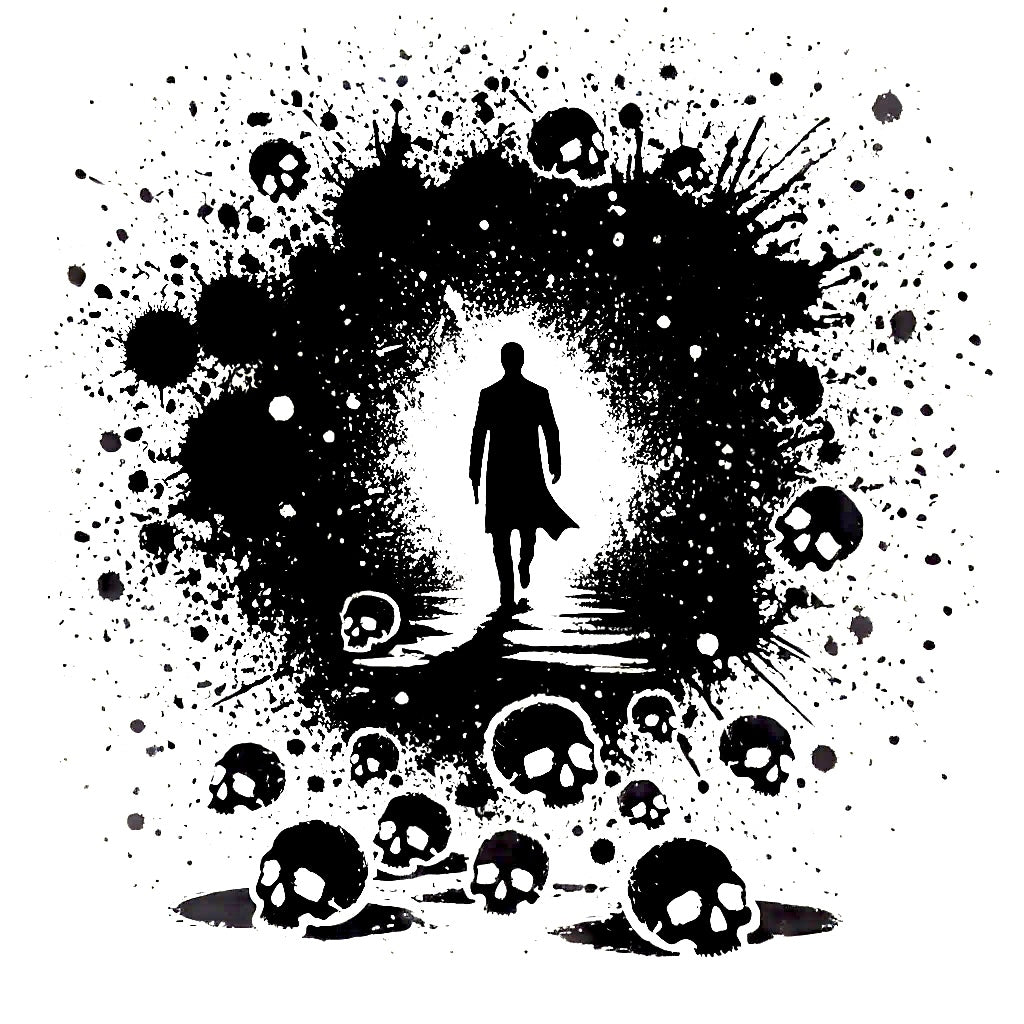~ You Will Never Change ~
Page 144
Chapter 7 — Pre-Chapter Quiz:
Question 13: What’s It Called When A WHO Matchs With All of Its Whats?
T.) Emotion
*.) Attraction
L.) Satisfaction
8.) Hope
Question 14: How Can Con Men Make You Frustrated (Not Concerned) By Your Curret Life?
L.) They Secretly Add A Problem To It
*.) They Remove Something Valuable From It
8.) They Join It Through A Mutual Friend
T.) They Use The “Apple Pie” Approach
Page 145
I have already started to explain the connections in using WHOs and Whats. Keep in mind, however, it's this chapter's ability to make you overestimate your own knowledge of what a WHO is, in essence, that makes it so risky to read. People can know what effect something has without truly understanding what that something is. There is a difference between studying the science of things, and mastering the art of them.
You're here to master the art of thinking, while perhaps seeing some references to the science behind it. In short, while some of you may know the psychology of thinking, I am here to help you philosophize it. This is why I consider myself a “perceptions extraordinaire”, and not a psychologist (That, and I don’t have a license in psychology).
Because you don't know WHO you are yet, you should be very cautious with What it is you have, or think you want. WHOs are the containers for your proper Whats. It's the jar that's been designed for a very specific set of cookies. Obtaining something because it matches the incorrect idea of WHO you are will only lead you towards negative emotions, or at the very least to numbness in the long run, because the more you lack an awareness of your WHOs. the more you lack an awareness of your emotions, and oftentimes, if something isn’t measured properly, certain pieces of information go missing, such as how you should feel, or even the fact that you’re supposed to be feeling at all.
To find true fulfillment and joy in life is to find the smaller WHOs that match with WHO you really are, in reality. In such, understanding that WHO you are is a question right now, without an answer, will transform your time into a much more liberating, happy experience, because it'll allow for more fluidity. If you think of your present as a scavenger hunt for the proper Whats, and the WHOs behind them, life'll turn out a lot more fun for you, and progress may become an everyday occurrence.
Page 140
That’s what this chapter is here for; to help you better understand the rules of this hunting game.
We’ve talked about the cookie jar in a previous chapter, but now we'll be discussing a new use for that tool.
I like to think of it like this:
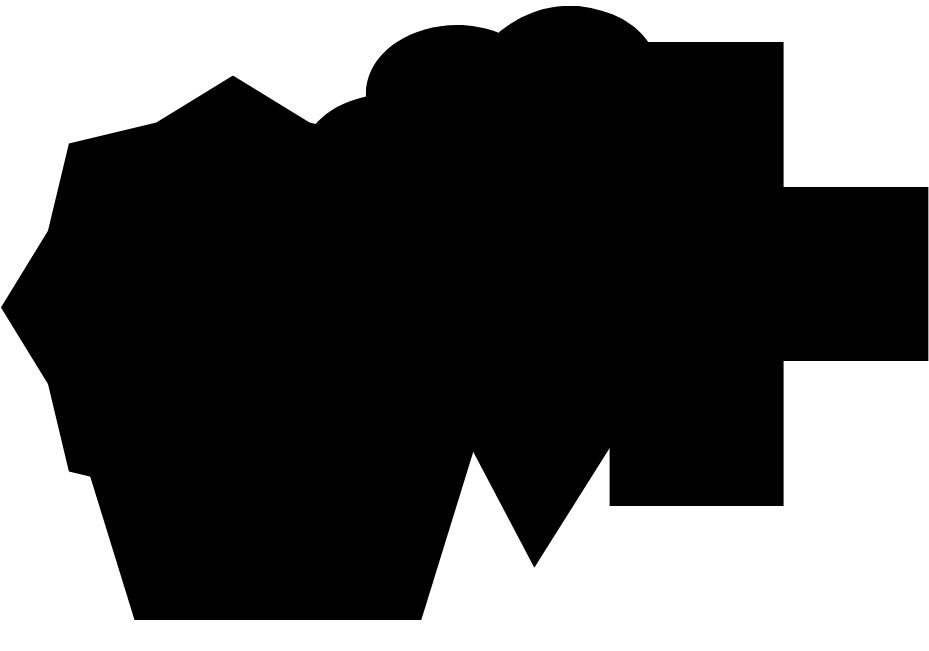
Imagine each WHO as a complex-shaped jar that must be aligned with another jar in order to feel fulfilled (unmatched portions colored in black). This includes the WHOs behind each individual What. It's like a block-stacking game within a confined space. You're trying to fit all of the right Whats inside of your WHO together, as to fill up your jar to the brim, without overflowing, because the feeling of a fully filled WHO is what we call "satisfaction", and that's exactly what we want to become. If two WHOs seem to be similar enough to each other then positive emotions can be formed. If they're too different, negative emotions can be formed.
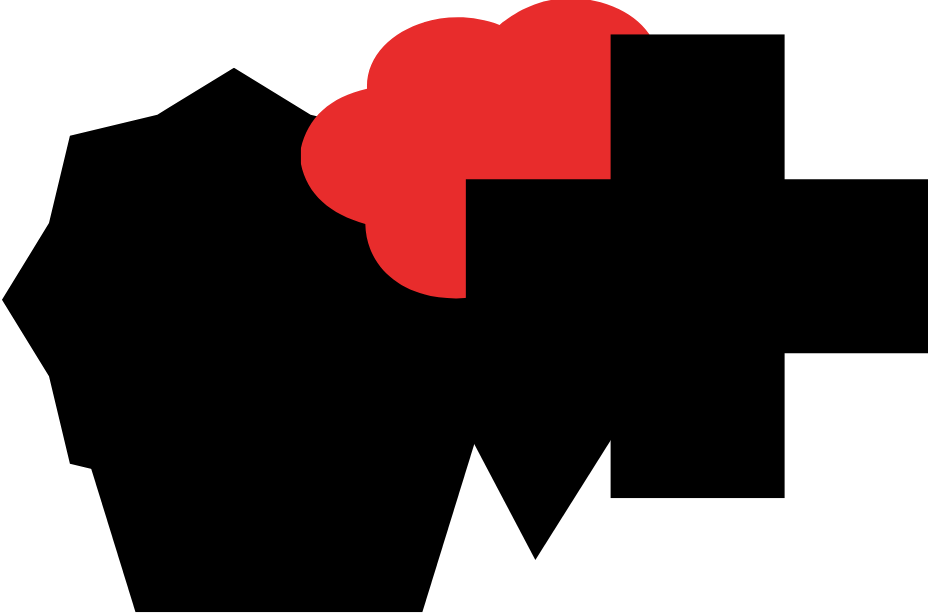
Whats are like a starting point to base your future investments in; if their container has a similar shape inside, that could mean that the container itself is a similar enough shape to yours (Their “shape” is something that’s determined by how your subconscious has measured it — using your own, specific WHO, as the measuring unit). Again, if both of your jars match, then both of your WHOs can align and feel good about each other. While you may not know their entire identity, you do know that a
Page 147
similarly shaped What can fit inside in one spot, so maybe they match elsewhere also.
The fact that they have similar cookies inside them to the ones you've been needing also means that something can be filled emotionally in you by something they already have within them. This is why, if a similar-shaped cookie can fit inside of their cookie jar, it's essentially a sign that says "Oh. If we align here, with this smaller piece, then maybe we'll align everywhere else. We should take a bit more time investigating this particular WHO. I'll keep looking. I hope we're aligned. Oh boy! Oh boy! I hope we're aligned!" This is what we call “a good first impression” (also known as “attraction”).

WHOs will always be looking for another one to match with, because if they can’t find it, they’re left empty, alone, and unfulfilled.
Their need to hunt for each other often leads to the creation of attraction or repulsion, and it explains why attraction can happen before the emotions have been truly created or solidified. Attraction exists because matching jars will always make a perfect pair, and we always want to find a single jar to fill us to the brim, because that makes life easier. The larger percentages of the jar that we can fill up at any single point, the more quickly we can live in a state of true satisfaction, but whether or not our jars really do match is hard to see without first testing with Whats.
Whats are always going to be much easier to analyze than WHOs. Therefore, our minds will always go to them first in their analysis, as a surface-level observation, and only check on a deeper level when it's been proven as needed. In life, if you don't know WHO they are, you can't know how you feel about them, but because it's difficult to know
Page 148
that, we simply put up with attraction and logic, and try to ignore or rationalize when we feel negatively in our illogic, and in our emotions. This is why we live in such a highly scientific and philosophically lacking world as of today. It is easier to ignore your emotions than it is to deal with them, and so if you can claim that emotions are inferior to logic, and therefore science, then you can use science as an excuse for your lack of emotional understanding toward others (which is called empathy) and towards yourself (which is called having self-esteem). Our world is just too lazy to take care of anyone anymore, even ourselves, and the only thing that overcomes this is our ability to identify when a short-term laziness now, will cost us the ability for a higher span of laziness in future. It's plain, and it's simple.
My friends, you can't feel a certain way about an uncertainty. You cannot love that which you do not know. You cannot love yourself because you don't know yourself.
Not yet.
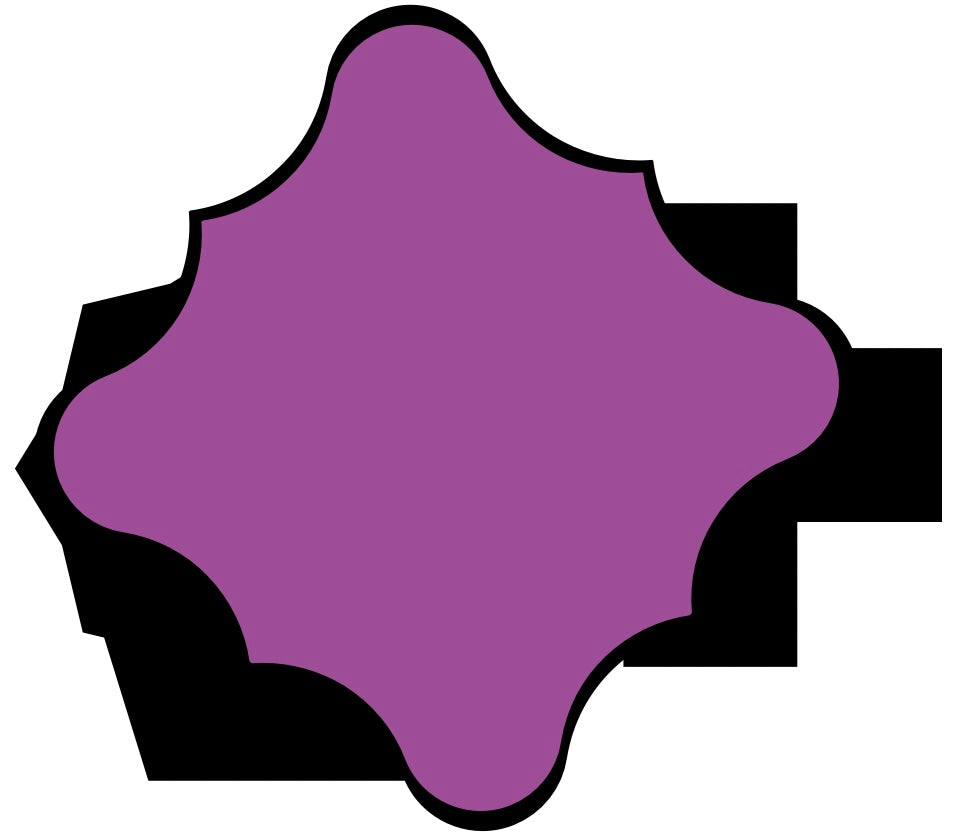
Now, WHOs don't align when the shape of a What is either too big, too small, or too differently designed to fit inside of itself properly. Your jar is a sort of rubbery substance (which is why your labels are adaptable using them). It’s a stretchable unit of measurement, kind of like a rubber band mixed with a ruler, and is created this way as a technique to keep itself safe in the very dangerous spaces that it often finds itself in. You see, WHOs often find themselves trapped in a terrible space that we call... "reality". And so they've developed a sort of "rubbery texture" to survive the harsh and ever-changing dynamics of the world that we live in. Like with a rubber band, placing something too big or oddly shaped inside it will make it extend itself more than it naturally would, and
Page 149
uncomfortably so. In such, placing a What this big inside makes the WHO feel stretched out and full of tension, and they'll start to experience some distaste for each other, because they're both making the other feel suffocated. Of course, if you already have several Whats in there, before this awkward piece, then that piece doesn't need to be as large. It just needs to be big enough, or weirdly shaped enough, to push the other pieces into the rubber. That'll create a tension all on its own.
Con men will OFTEN use this to great effect during “The Hook” or “In” of a con, when they’re planning to introduce themselves.
It’s a classic; They’ll add an item or circumstance that doesn’t work well with your life (Often creating a problem), only for you to “stumble into them” (purely by coincidence, they assure you) as the perfect solution to said problem.
What are you gonna do, say “No” to the perfect solution that came knocking at your door?
Then again, some artists don’t like it when their marks get frustrated because they’ve done better with concerned victims rather than angry ones, but don’t worry, you demonically invested little (shrunken) voodoo heads — There’s a way to use Whats for THAT, too!
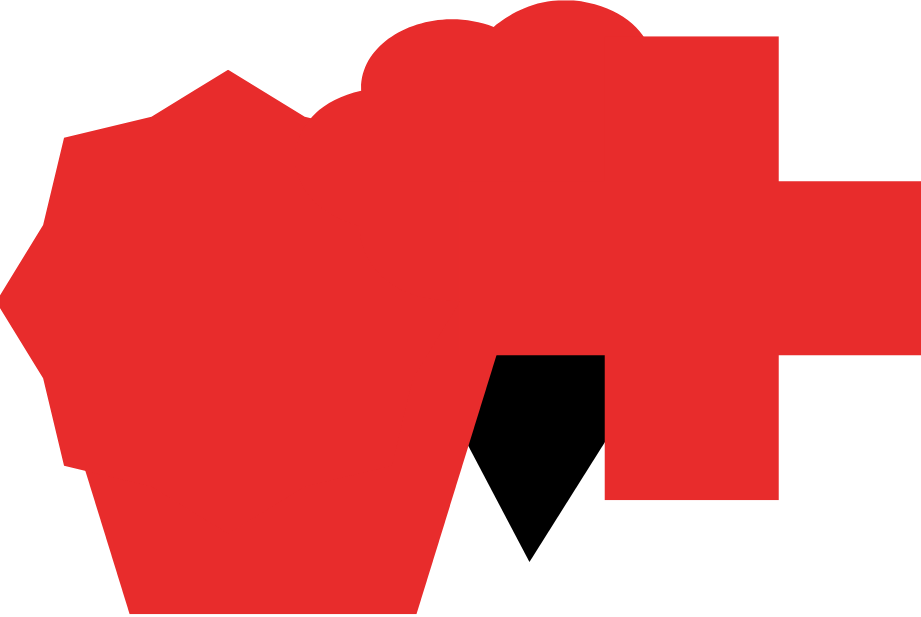
Two WHOs also don't align when their Whats leave a piece of them empty. This leads to a feeling of emptiness inside (obviously), and a feeling that, with something better, they'd feel more... complete... or more... fulfilled. In this case here, there are only two WHOs; the red one and the black one, but the black one will feel something missing, and the relationship will either end, or something else will need to be added as well to help keep it together. They’ll need to add a third WHO into the
Page 150
mix that aligns with both of the ones that are already involved, but with enough distinction as would allow it to fill in the void that would otherwise be left unfilled in a two partner relationship.
Con men can easily make this happen by removing a What that you believe brought value to your life.
And funny enough, this can happen to both WHOs at once, simply by having both of them miss the same sort of Whats in the same categories (by having the same corners of their jars left on empty), or by having different pieces placed in different ways for each of the WHOs. Because What you are and WHO you are are two separate things, these types of strange instances can, and do, happen all of the time in our everyday lives. (Side note: Con men love this because it often means they can hook 2 suckers at once.) Keep in mind, though, that aligning doesn't have to be done completely with only two pieces or only two jars, and so if two WHOs don't fill the entire space, you can simply find a third piece (or more if necessary). No matter what, though, you'll always need to find the perfect match between BOTH, WHO you are and What you have, to be fully satisfied in the long run.

Again, the perfect alignment of two WHOs is like when they fit so perfectly inside one and other, that they both feel like the other one is too good to let go of. When this happens they will fight to do anything and everything to keep each other by their side, together forever.
I should clarify: When a WHO matches with a WHO, you get emotion. When a What matches with a What, you get the opportunity for emotion, (AKA: attraction or repellence), and when your WHO matches with all
Page 151
of your Whats, you get satisfaction. So, to feel happy and be satisfied - to be "truly fulfilled", you need to master all three of these combinations because you must truly be fulfilled in order for feeling fulfilled to be worthwhile. Remember, my friends, while ambition can lead you a mile high, delusion will lead you six feet under.
In short:
1. If all of your WHOs align with each other, then you'll feel good as a person.
2. If all of your Whats align with each other, then you will be good as a person.
3. And if all your WHOs match with all your Whats, then you will have a good person's life.
All three are essential, in order to justifiably live, and to be satisfied in your living.
Otherwise, you're just a dead man walking.
(Side-Note To Remember: WHOs are just emotional materials. You only need to know which materials your brain was made for. If you’re a “Cookie Jar”, like in the last chapter, collect cookies. If you’re a “Coin Jar”, collect coins. Don’t collect the wrong things. It ruins your sense of self. Besides, no matter what, your jar is worth Diamond anyways.)
What is your priority in order to feel successful? What is the biggest obstacle to your life-long stability right now? What are you missing MOST??? Is your weakness mainly a logical weakness, or an emotional one? Do you need the logical resources first, and then to focus on feeling good about them later, or do you need the emotional connections first, and to find the logical Whats to justify it later? If the first one is what you prioritize, then your Whats should be your first priority. If emotion,
Page 152
like in the second suggestion, is critically needing to be fixed right now, then WHOs must be your main goal for now.
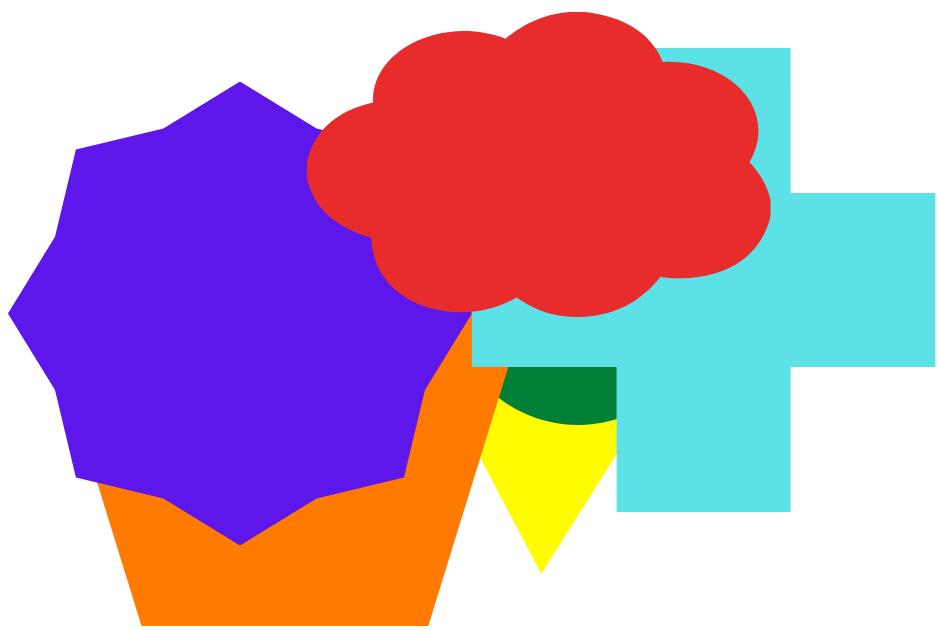
Again, fulfillment is a matching game in a three-way system between two separate pieces: your WHOs and your Whats. The pairs you need to prioritize matching up with are up to you. In fact, you don't really need to prioritize one over the others, so long as you find ALL of your matches in the end. As such, you could technically try tapping into all of them at once, but I do feel that organization tends to make things a lot easier in situations like this, so I wouldn't recommend that here.
Many people only try to fill their emptiness inside with just a multitude of Whats (different colors like seen above), while forgetting to check the WHOs behind each of them. While this will get you very close to full, over time, there is one very big problem with this.
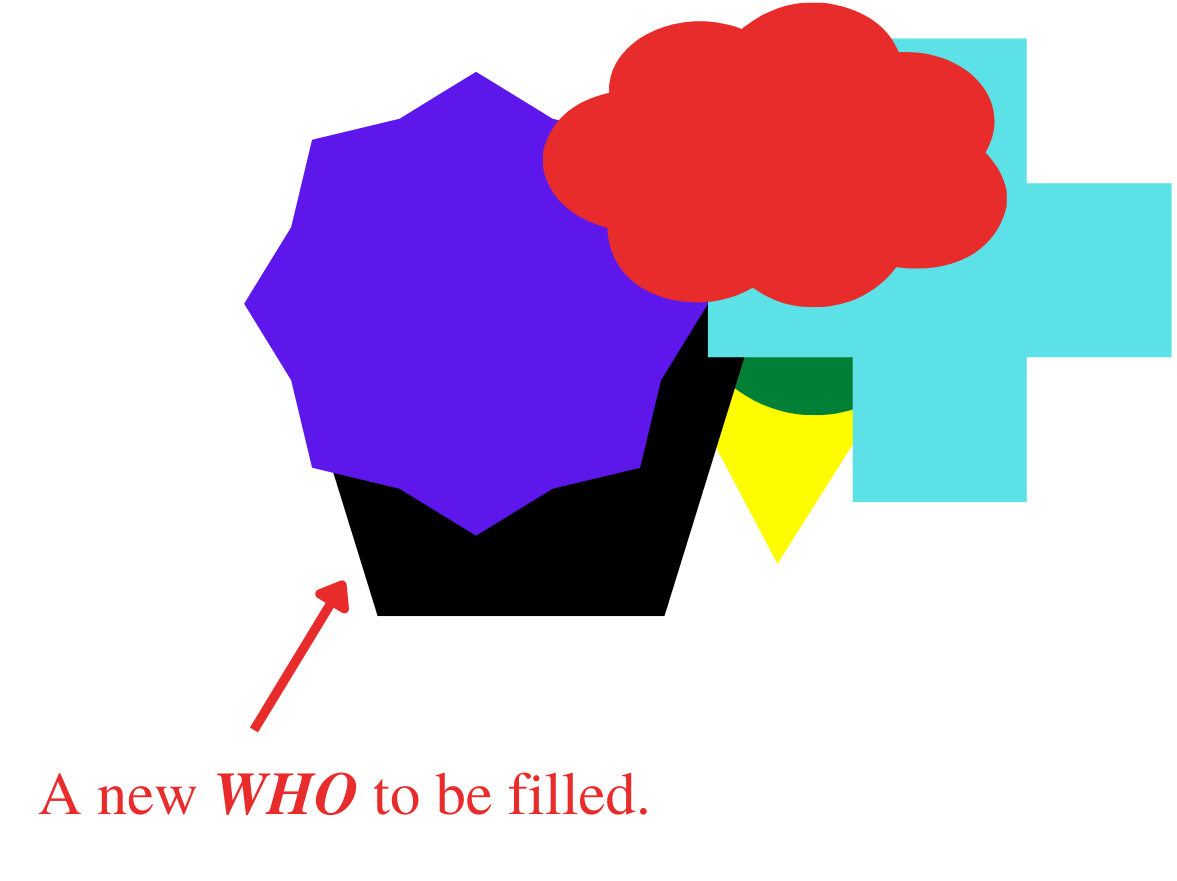
The same What will always be chained to its same WHO. They're inseparable from each other. Every What has a WHO and every WHO will need to be filled by several Whats. This has always been and always will be the case, and it means that, for every incorrect What that you add to your own collection, you are, in essence, also adding an empty jar, an empty WHO that needs to be filled emotionally, just like all the others. This means that by only
Page 153
focusing on having nice Whats, you will have all of the logical requirements to be satisfied, but you will not feel satisfied emotionally because your valuable items won't emotionally register as being "valuable". If your cookie jar was meant for “mint cookies” this is like adding “chocolate ones” into the mix. They’re not “bad” Whats, but they are not meant for you, and will throw off your sense of purpose and meaning. If you do this, you will find yourself sitting atop a pile of gold, without even knowing its worth. You'll be living in a Heaven, here on Earth, without knowing that it's where your journey should end. And you will never end your search for more, more, more, and more, because no matter how much more trash you obtain, a pile of trash, is still… iust trash. And if you can't recognize its value, that's all your life will be worth to you:
Garbage.
Living a good life and not knowing it will make you seem ungrateful, impatient, entitled, narcissistic, and so many other terrible things. In fact, this mindset is why such traits exist. It's the very essence and core of what makes these people function like they do: The inability to recognize the positive worth of what they already have. Again, we must keep in mind that WHOs are not measured in the same way, or with the same units, as Whats, and so in order to realize the beauty within the life that you have, you will need to be able to identify it as beautiful, in essence. In short, to know if you love your life and your resources, you'll need to know WHO your life and resources are. How can you identify an item's value, if you can't fully identify the item itself?
Trying to fulfill yourself with different Whats, and only Whats, simply makes the emptiness infinitely smaller, and emotionally more confusing, because only a WHO can fill a WHO, in terms of emotion.
Page 154
Again, only WHOs create emotion, not Whats.
Now, yes, the emptiness from a collection of Whats can eventually become so small that it's barely noticeable in terms of logic, but it'll still be there, and you will still never feel fully satisfied, because your emotions will not be engaged properly; only your logic will be. Remember my friends, WHOs are used for our emotions, and Whats are used for our logic. What you have, without a matching WHO, just becomes an empty container, within a container, within a container, until it reaches that top container, that is WHO you really are. Alas, this is what most people attempt to do, and it is still a somewhat rather acceptable method, especially with how easy it is. But, finding each of the WHOs, to match with every individual What that you already have is essential if you want to be entirely satisfied in life, emotionally, logically, permanently, and otherwise. The biggest Whats that create the biggest hunger for WHOs are usually Ambition, Pride, and Greed. This is because, again, like discussed in previous chapters, they’re often what we use to measure how big our WHO actually is. To do that, however, they need to fill it in with one of those Whats — like greed, which creates a need for it to be fulfilled.
When you can just appreciate the jars essence, without worrying about how big it is, THAT is when you’ll develop true self-love.
Don’t worry about its size or potential. Worry about its material, and therefore worth. Because again, you will always be filled to the bottom. The only question is if you can appreciate the Whats that fill it.
You already have multiple Whats, since that's what you've been trying to collect throughout your whole life anyway. You've been told to do so, and so you did. You can't find one solution for everything in your life because you have too many empty containers to fill inside of you already. Still, by finding the right WHOs for the right pieces, you might eventually find absolute fulfillment over time.
Page 155
But maybe... you have too many Whats to begin with....
Just in case, you should minimize the Whats that you need as of now, and you should try to discover the WHOs that are needed to fulfill the ones that you have at present. This is because if you add too many Whats, without first filling in the amount of them that you have right now with their own WHOs, it'll eventually become impossible to fill all of them up in a single lifetime. There will be too many if you don't start minimizing and removing some now. Luckily, if you start now, I'm sure that there are plenty of Whats that you don't need, and that you could get rid of today if you really wanted to, physical and otherwise. (Maybe go to therapy to lose some of that emotional baggage, and self-hating thoughts, hm?)
This matching of WHOs and Whats also includes What needs you have. Hence, your goals will always be WHOs in the end. It's because those goals are simply being used to fill the emotional emptiness (emotional NEEDS) within the different Whats to their fullest potential. Only WHOs can do that. From my perspective, this is what psychotherapy appears to be used for. It's a practice used to fill in the missing gaps emotionally, and is also designed to understand the Whats that were forced on you, or snuck in, in order to help find and remove them if they are causing tension. Some therapists will try to attach these Whats to a different identity (a different WHO), as a way to make them more emotionally fulfilling. Also, it seems that psychotherapy is often used to help you discover where your own emptiness, inside of the jar, is and to fill it in with a new sense of identity, such as the WHO behind a more successful experience. That being said, again, I'm not a licensed psychologist. This is simply how the practice appears to me as an outsider. I'm a philosopher, and a well-paid one, but success and money do not make me a scientist.
These past pictures also explain why people think that What you have is an okay way to measure WHO you are. Because if the shapes are supposed to fit within the boundaries of WHO you are, it should be an easy conversion from Whats to WHOs, right?
Page 156
Wrong.
At the end of the day, the last image is critical. People spend their entire lives collecting Whats to fill their WHO, and almost nobody succeeds. This means, that by judging someone completely by What they have, you'll end up losing sight of WHO they truly are in essence because there'll be HUGE GAPS that haven't been filled in yet, and may never be filled in within their lifetime. In another chapter, we'll discuss the idea of viewing the right WHOs, on the right layers.
If anything is missing from the picture, that obviously means you haven't seen the full picture. Just like how you shouldn't judge a book by its cover, you also shouldn't judge an entire book based on the version that you've read with countless missing pages. You shouldn't judge an entire WHO based on an idea you've concocted without all of the facts, or without all the Whats that'd be needed to fill them in, and to fill in their WHO. There are just too many Whats to account for in life. Even if there weren’t, you'd still only be measuring the size of What fits inside of the WHO, and not the material it is made out of. Size doesn't necessarily prove worth.
Funny enough, with time, using WHOs as a unit of measurement may become the easiest way for you to know how to help your friends, how to hurt your enemies, or make people feel... however you'd like. You see, if you know WHO they are, and have paid attention to What they have… well, now you know their yearnings in life, and can fill them in to a certain degree, making them feel anything from somewhat content to extremely passionate. Or, you can make them feel negatively by removing a key What or by placing in the wrong What and adding tension. Better yet, you can make your enemies feel repulsed or negatively towards the things that would actually help them in any given situation.
Every WHO you desire fills some void from deep within you, these voids being the Whats that still have no matching WHOs for themselves. Whether you know what that void is or not, it still exists if you feel
Page 157
unfulfilled. That’s not to say that the void is a completely empty pit of despair; only that it could be filled more, and until it is, you won’t feel like you’re the best "you" that you could be.
Luckily, things like “true love” and the perfect partner can fill even extremely large voids. Of course, even large voids can be filled in with many smaller pieces if done correctly and carefully. You'll just need to fill in each of the smaller pieces emotionally, all on its own, so it may take a bit of time. These processes are how I view common practices, such as "Exposure Therapy” (Manson)
Sidenote: This is not to say that a romantic partner is all that you need to have a good life. Some people’s “relationship voids” might be so full as to be filled to the brim, and any romance, or even platonic relationships that are added, might be too much for them, leading to friction and tension.
Our voids come in all different shapes and sizes because each void you have is just a smaller What that was left unfulfilled emotionally, as we've previously discussed. Your voids are simply the smaller container you have, without a matching WHO. Therefore, all of the images above, and the rules that they're explaining, apply to each individual void as well. This also means that every chapter in this book applies to every layer of analysis, from your logical, to your illogical selves. Because every What has a WHO, including What voids you've obtained, each void can have its own form of tension or emptiness inside of itself, based on WHO it is. They're just a smaller, awkwardly shaped jar, that needs to find a single, matching WHO, in order to be filled to the brim. Every jar can end up shaped differently, so a “relationship piece” might not fill in for a “career piece,” and so on. For any container to become truly fulfilled, you must find a single WHO to fill it all up at any single time. Otherwise, you will simply make the emotional emptiness infinitely smaller, but not "truly fulfilled".
If you can fill in these larger voids, you can quickly establish more pride in WHO you are. The first step should be simple. You need to identify
Page 158
these voids. I find it best to start with the most painful ones. To know what those are, you can read the entirety of Section 2, but if you feel like that is too difficult of a task for you, as it was for me starting out, we can simply start with the things that you’ve desired recently, but seemingly could not have. We’ll be discussing this in the chapter “The Unstoppable”.
We'll reach them all when we get there, but for now, let's take our time, yeah? There is still a lot to be discussed between here and there, and only the journey that's done without missing a single step is a journey done right.
